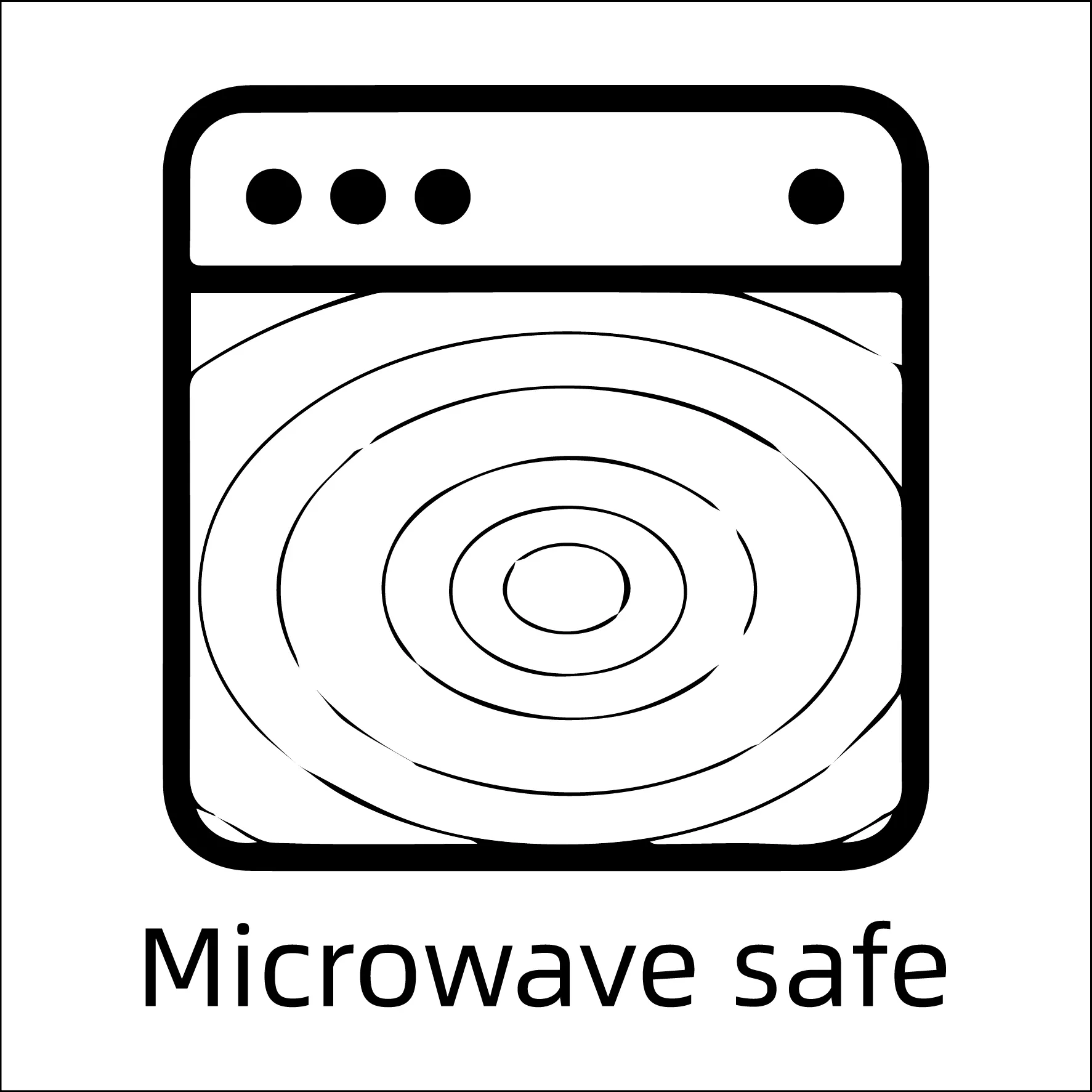Antibiotics are a cornerstone of bovine medicine, primarily used to treat bacterial infections. Common antibiotics prescribed for cows include tetracyclines, penicillins, and macrolides. These medications help prevent the spread of infections such as mastitis, pneumonia, and foot rot. It is essential, however, to use antibiotics judiciously to avoid the development of antibiotic-resistant bacteria. Farmers should adhere to withdrawal times—periods during which milk or meat should not be consumed after antibiotic treatment—to ensure food safety.










